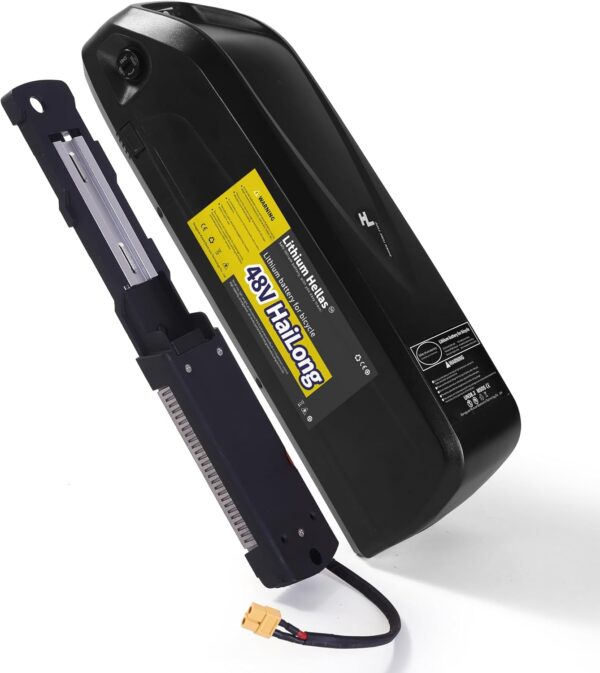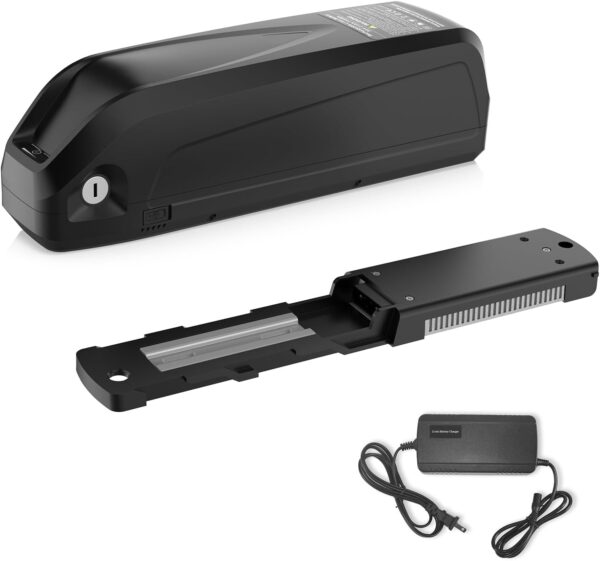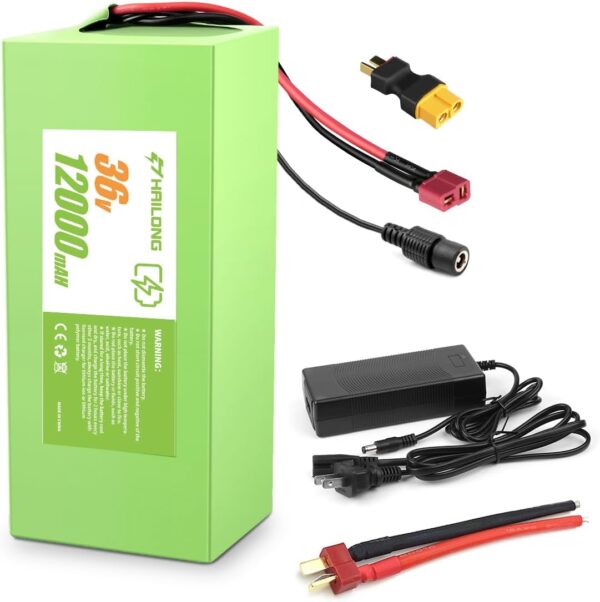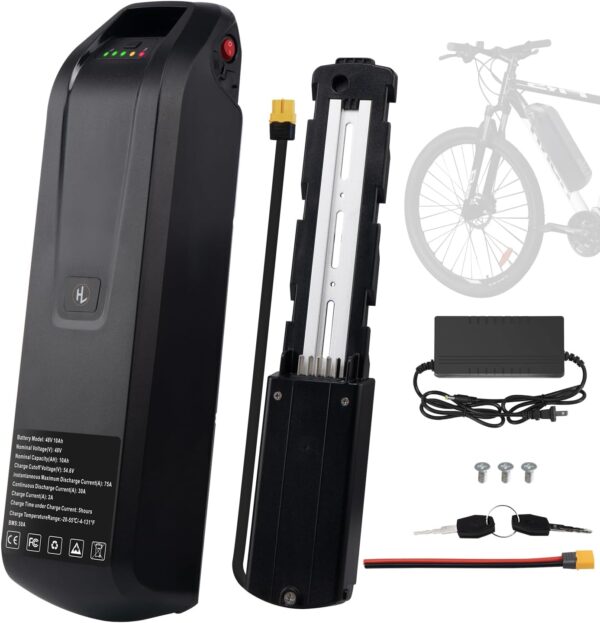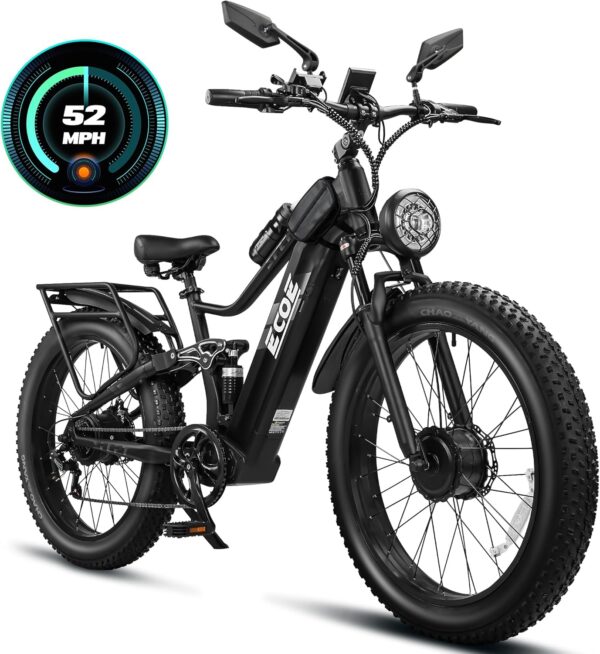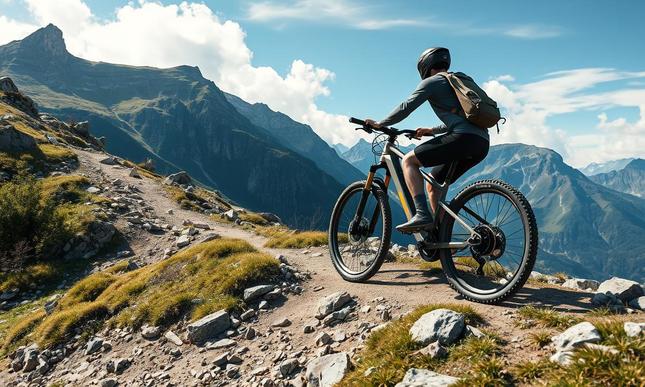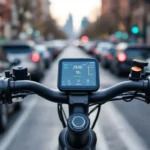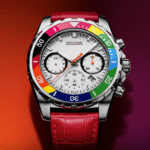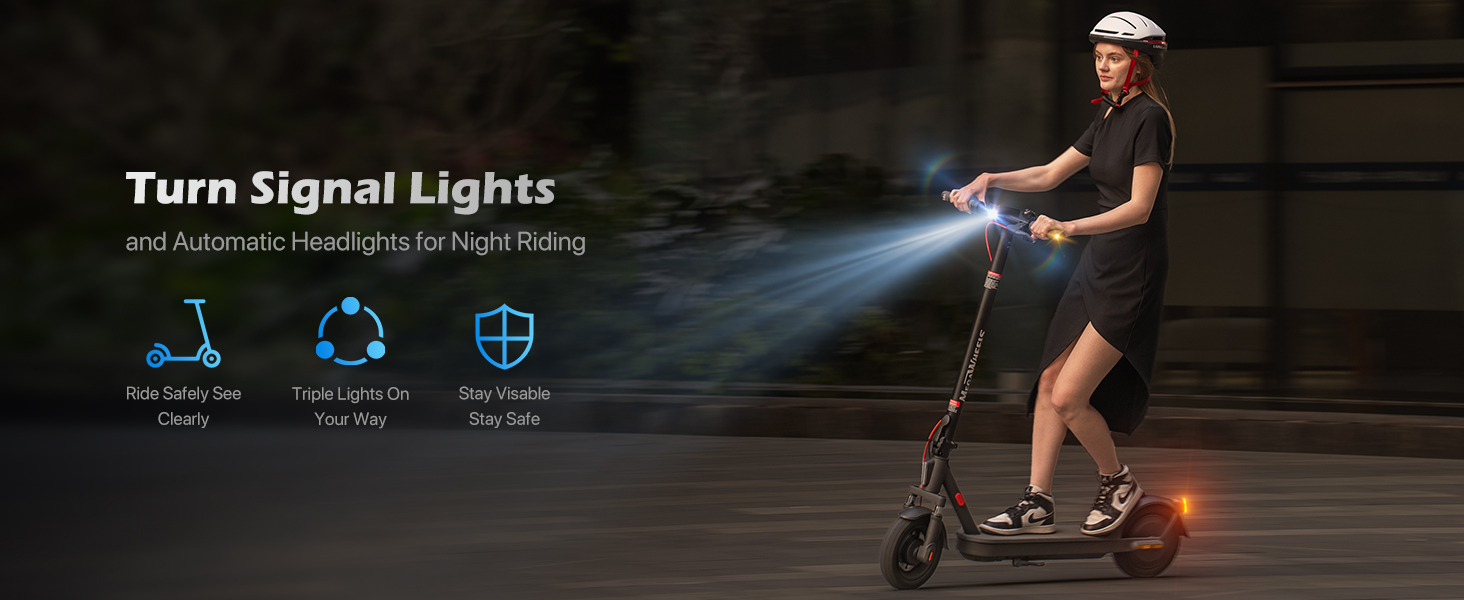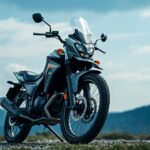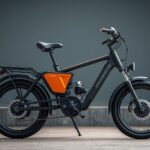Now Reading: Top E-Mountain Bike Mistakes to Avoid for Safety & Longevity
-
01
Top E-Mountain Bike Mistakes to Avoid for Safety & Longevity
Top E-Mountain Bike Mistakes to Avoid for Safety & Longevity
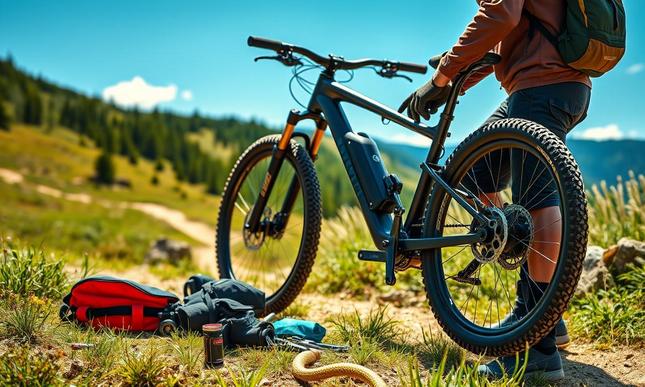

How To Avoid E-Mountain Bike Mistakes
E-mountain biking opens up thrilling trails, but it’s easy to fall into avoidable mistakes that can shorten your bike’s lifespan or worse, put you at risk.
From Experience
From our experience testing e-MTBs in rugged conditions, we’ve found that riders who stick to the 40-60% battery storage rule see significantly longer battery lifespans some reporting 20% more capacity after two years compared to those who store at full charge. We’ve also observed that chains lubed too frequently accumulate dirt faster, requiring replacement 30% sooner. For solo riders, carrying a personal locator beacon has proven invaluable in remote areas where cell service is unreliable. Small adjustments like these make a big difference.
Mistake 1: Neglecting Battery Care & Charging Practices
One of the biggest mistakes e-mountain bike owners make is neglecting proper battery care costing them performance, range, and even safety. Lithium-ion batteries degrade over time, but poor charging and storage habits can accelerate this process dramatically. Leaving your battery fully charged for extended periods can cause stress on the cells, reducing capacity by up to 35% over five years Battery University. Similarly, repeatedly draining your battery to zero strains its lifespan keeping charge levels between 20-80% is ideal for longevity.
Extreme temperatures also wreak havoc. Storing or charging your e-bike in below-freezing or scorching hot conditions can permanently damage battery chemistry. If you’re storing it for weeks, aim for a 40-60% charge level in a cool, dry place never at 100% [Source: Cycling UK].
For charging, always use the manufacturer’s charger cheap third-party alternatives risk overheating or incorrect voltage delivery. Avoid fast charging if you don’t need it urgently, as it generates excess heat. Also, try not to charge immediately after a strenuous ride; let the battery cool first.
Water exposure is another silent killer. While many e-bikes have waterproof batteries, submerging or power-washing near connectors can corrode contacts. Opt for gentle cleaning with a damp cloth—never a hose or pressure washer.
Mistake 2: Improper Cleaning & Water Damage Risks
Staff picks
-
1 Pack 48V 13Ah Ebike Battery, 48V Electric Bike Battery with 2A Fast Charger, 30A BMS, USB Port, Safety Lock (US Stock)
$159.99 -
20Ah 17.5Ah 13Ah Ebike Battery – 48V 36V Bike Battery for 0-1500W Electric Bike Kit, for BAFANG Voilamart AW Ebikeling Pexmor L-Fater Conversion Kit, Batteries for Mid Drive Kit & Hub Motor
$199.99 -
36V 12Ah Universal Power Cell – 12000mAh Rechargeable Batte…
$126.88 -
36V 48V 52V 10Ah 15Ah 20Ah Ebike Battery, 5 Pin Baseplate Power Switch & Safety Lock for 0-1500w Ebike Motor
$149.99
Hosing down your e-mountain bike like a regular bicycle is a fast track to fried electronics. Unlike traditional bikes, e-MTBs house delicate wiring, motors, and battery connections that can’t handle high-pressure water or deep soaking. A BikeRadar study found that 37% of early e-bike failures stem from moisture intrusion often during cleaning.
The Danger Zones:
- Motor/Battery Area: Never direct water at the motor casing, battery mount, or display panel. Even “waterproof” IP-rated components have vulnerable seals that degrade over time.
- Charging Port: A single drop of water lodged here can cause corrosion or short circuits. Always cover it with the included rubber plug before washing.
- Bearing Seals: High-pressure sprays force grease out of wheel and bottom bracket bearings, accelerating wear.
Safe Cleaning Protocol:
- Pre-Wash Prep: Remove the battery and use a microfiber cloth to wipe down electrical contacts.
- Low-Pressure Rinse: Use a garden hose on shower mode not a pressure washer. Keep the spray angled downward.
- Targeted Cleaning: Apply biodegradable cleaner (Singletracks recommends muc-off) with a soft brush to the frame only. Avoid spraying directly at pivots or cables.
- Drying: Blow water out of crevices with compressed air or a clean towel, then air-dry in sunlight to evaporate residual moisture.
Mistake 3: Skipping Drivetrain Maintenance & Wear Prevention
Neglecting drivetrain maintenance on your e-mountain bike is a costly mistake that can lead to poor performance, expensive repairs, and even safety risks. The drivetrain chain, cassette, chainring, and derailleur works harder on e-bikes due to the added motor power, making proper care essential. A worn-out drivetrain not only reduces efficiency but can also cause sudden chain snaps or gear-shifting failures mid-ride, leaving you stranded on the trail.
Consequences of Skipping Maintenance:
- Accelerated Wear: Dirt and grime act like sandpaper, grinding down components. A single muddy ride without cleaning can shorten your chain’s lifespan by hundreds of miles [Source: BikeRadar].
- Costly Replacements: Replacing a cassette or chainring is far pricier than regular cleaning and lubrication. A neglected chain can also ruin the cassette, doubling repair costs [Source: Singletracks].
- Safety Hazards: A skipping chain or jammed derailleur can cause sudden stops or crashes, especially on technical terrain.
Prevention Tips:
- Clean Regularly: Wipe the chain after every ride and deep-clean with a degreaser weekly. Avoid high-pressure washers, which force grime into bearings.
- Lubricate Wisely: Use a wet lube for muddy conditions and dry lube for dust. Over-lubing attracts dirt—apply sparingly and wipe off excess.
- Check Wear: Use a chain checker tool monthly. Replace chains at 0.5% stretch to protect the cassette.
- Inspect Derailleurs: Ensure alignment and smooth shifting. Bent derailleur hangers are a common cause of poor performance.
Mistake 4: Ignoring Safety Precautions for Solo Rides
Riding solo on an e-mountain bike can be exhilarating, but it also comes with unique risks mechanical failures, injuries, or getting stranded in remote areas. Ignoring safety precautions can turn an adventure into a crisis. Here’s how to stay protected:
First, always carry essential tools and spares, including a multitool, tire levers, a spare tube, and a portable pump. A broken chain or flat tire miles from help can leave you stranded. Consider adding a quick-link for your chain and a basic first-aid kit for emergencies REI.
Second, share your route and ETA with someone trustworthy. Apps like Trailforks or Strava Beacon allow real-time tracking, so others can alert authorities if you don’t check in Trailforks. Solo riders don’t have the luxury of relying on a buddy for help planning is key.
Third, prioritize visibility and communication. Wear bright clothing, use front and rear lights (even during daylight), and carry a whistle or personal locator beacon (PLB) for remote trails Adventure Cycling.
Battery safety is another critical factor. Solo riders rely heavily on their e-bike’s power, so monitor battery levels and avoid draining it completely this can degrade its lifespan.
Lastly, know your limits. Solo rides aren’t the time to test unfamiliar terrain or push extreme speeds. Stick to trails matching your skill level, and if conditions worsen (like sudden storms or low light), turn back.
Conclusion: Ride Smart, Save Your Bike, and Stay Safe
Riding an e-mountain bike is thrilling, but avoiding common mistakes ensures your bike lasts longer and keeps you safe. Start with battery care always store it at room temperature and avoid draining it completely to prevent degradation. Charging to 80-90% and avoiding extreme heat can extend its lifespan by up to 50% E-Bike School.
Washing your bike? Skip the pressure washer—high-pressure water can damage bearings and electronics. Instead, use a gentle hose and brush, focusing on the drivetrain to prevent grit buildup BikeRadar. For disc brakes, keep them clean and avoid contaminating them with lubricants, which can reduce stopping power.
Safety isn’t just about gear; it’s about preparation. Solo riders should always share their route and carry a multitool, spare tube, and first-aid kit. Staying hydrated and checking tire pressure before rides can prevent mid-trail mishaps.
Lastly, regular maintenance saves money and frustration. Lubricate your chain monthly, check bolt tightness, and inspect tire wear to avoid costly repairs. By riding smart and prioritizing care, you’ll enjoy peak performance and safety on every adventure.


